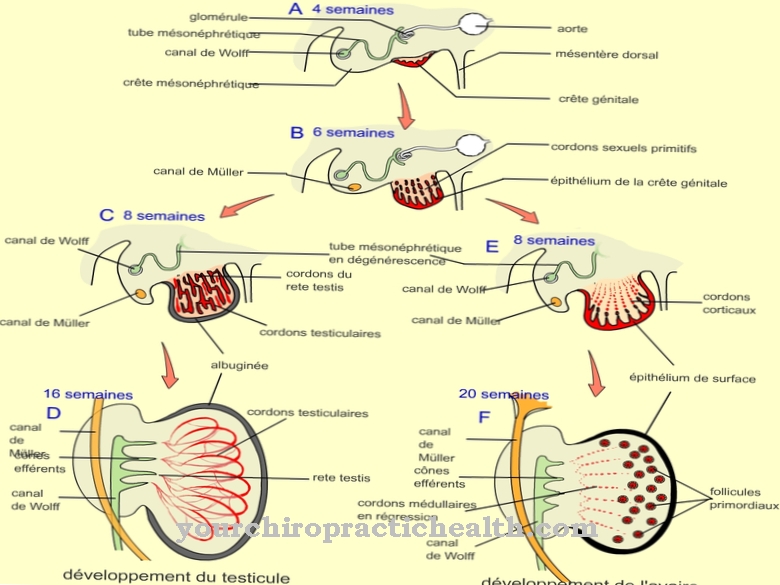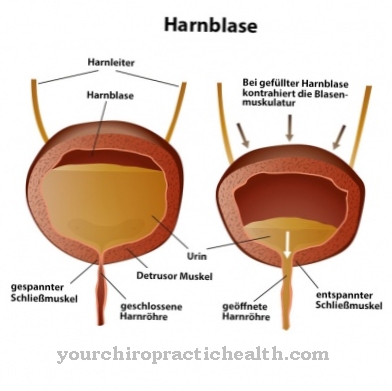In the spinal canal of the spine, the Cauda equina a bundle of spinal nerve roots below the spinal cord. It lies within the skin of the spinal cord and supplies the lower half of the body with nerve signals from the central nervous system and receives sensory information from the periphery. Damage to the cauda equina can lead to the cauda equina syndrome, which is characterized by flaccid paralysis of the legs.
What is the cauda equina?
The cauda equina is located inside the spine and runs there in the lower area. It consists of spinal nerve roots, which represent the transition between the spinal cord and spinal nerves.
The spinal nerve roots are also known as the radix spinalis. The motor front root, which is responsible for the transmission of brain signals when controlling movements, consists of eight to twelve such spinal nerve roots. Sensory information, on the other hand, runs through the back root, which also leads to the spinal cord.
The name "Cauda equina" literally means "horse's tail" and refers to its attached position in the spine. In addition, the nerve processes form long fibers that at first glance look like horsehair.
Anatomy & structure
In the lower part of the spine, the cauda equina runs through the spinal canal (canalis vertebralis). Its fibers consist of spinal nerve roots and begin at the level of the conus medullaris, which is the conical extension of the spinal cord.
The filum terminale - a thread of connective tissue - extends from the conus medullaris to the second sacral vertebra. This is where the filum terminale starts at the pia mater. The fibers of the cauda equina are not, like the rest of the spinal nerve roots, at the same level as the spinal cord, as this shifts within the spine during physical development. The spinal cord moves upwards (ascensus) and forces the lower fibers to develop into an elongated tail.
The cauda equina runs within the tubular envelope, which consists of the pia mater and dura mater. Both represent skins that surround the spinal cord. The dura mater forms the outer and thicker layer. It is more robust than the pia mater, which lies under it and also surrounds the spinal nerve roots. For this purpose, the pia mater even expands into the anterior median fissure. This forms a narrow gap in the spinal cord. The brain has an analogous skin made up of several layers, which can be divided into hard meninges (Pachymeninx encephali) and soft meninges (Leptomeninx encephali).
Function & tasks
The cauda equina consists of nerve fibers of the spinal nerves whose function does not differ significantly from the task of the spinal nerves. The spinal nerves enter the spine through spinal canals. The motor fibers of the anterior root are efferent pathways that transport nerve signals from the brain via the spinal cord. From there, they go on via the spinal nerves and, after any further interconnections, reach the muscles they are responsible for controlling.
In contrast to the motor front root, the rear root carries sensible fibers. Their myelinated axons represent afferent nerve tracts that carry sensory information. The nerve signals come from the intestines, skin and the musculoskeletal system, which also includes muscles. Before the sensory fibers enter the spinal canal, they pass a ganglion. It is a collection of nerve cell bodies. The ganglion interconnects nerve cells and partially calculates their information with one another.
This function plays an important role in the execution of some reflexes because, in contrast to voluntary reactions, reflexes can be interconnected via the spinal cord. In this case, sensory action potentials that originate in relevant receptors and enter the spinal cord via the anterior root trigger an automatic response from the associated motor fibers. The motor fibers then send their signal via the anterior root to the organ that is performing the reflex. Neurology describes such a simple connection via the central nervous system as a reflex arc.
Diseases
Damage to the cauda equina can interrupt the transmission of information. As a result, characteristic motor and sensitive failures arise.
Both the extent and location of these disorders depend on which fibers of the cauda equina are affected. The medicine calls the Kauda Syndrome a flaccid paralysis (paresis) that affects the legs. Sensitivity disorders in the legs accompany the motor disorder. The acute cauda equina syndrome requires rapid diagnosis by qualified doctors in order to enable an immediate intervention. Depending on the individual cause of the syndrome and other conditions, surgical pressure relief may be possible - for example, if the cauda equina is clamped in a herniated disc.
In addition to paresis and impaired sensation, other symptoms may occur, including problems with passing urine (micturition disorder) and stool (defecation disorder), and sexual dysfunction. Many men with Kauda Syndrome also have impaired fertility. The neurological clinical picture can be associated with cone-cauda equina syndrome together with damage to the nerve fibers at the conus medullaris. However, there is no paresis in the single Konus syndrome.
Potential causes of cauda equina syndrome are herniated discs, malformations and traumatic injuries in this area of the spine. Various types of tumors can also cause the neurological disorder - including lipomas, which arise from adipose tissue. The filum terminale, which begins as a 15–20 cm long thread of connective tissue at the conus medullaris, can be fatty or too short as part of a spina bifida and thus cause the cauda equina syndrome.

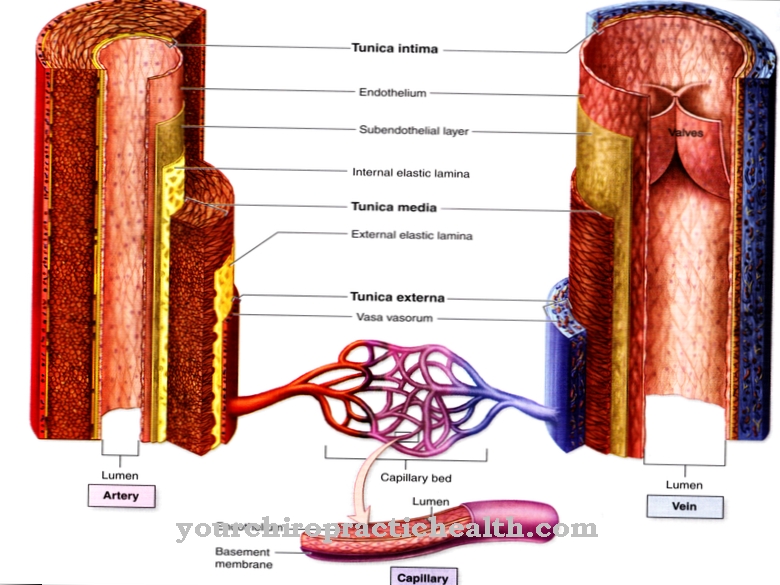
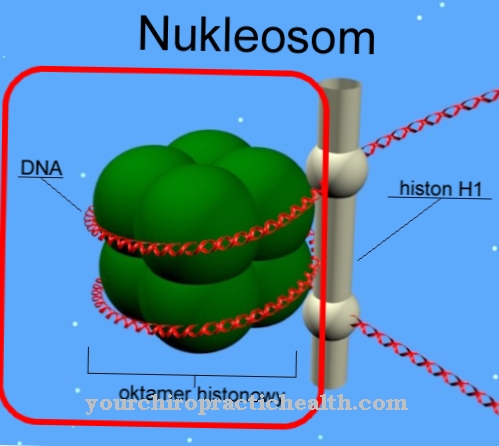
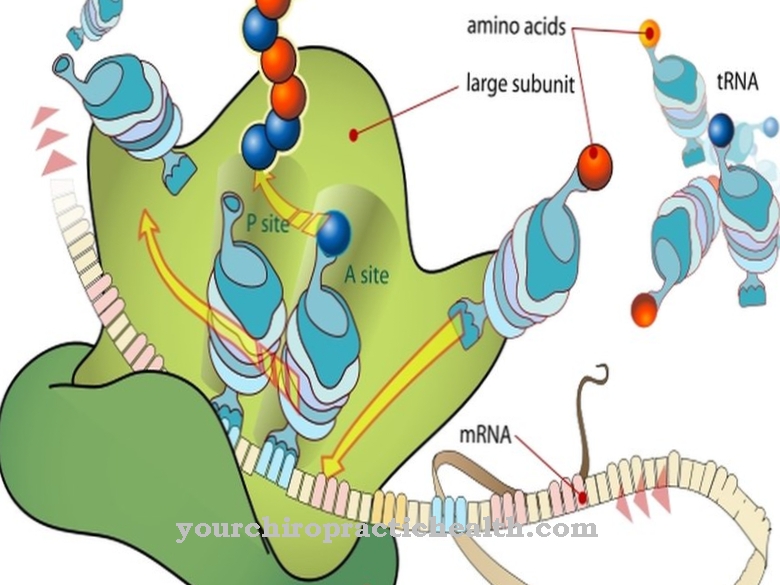


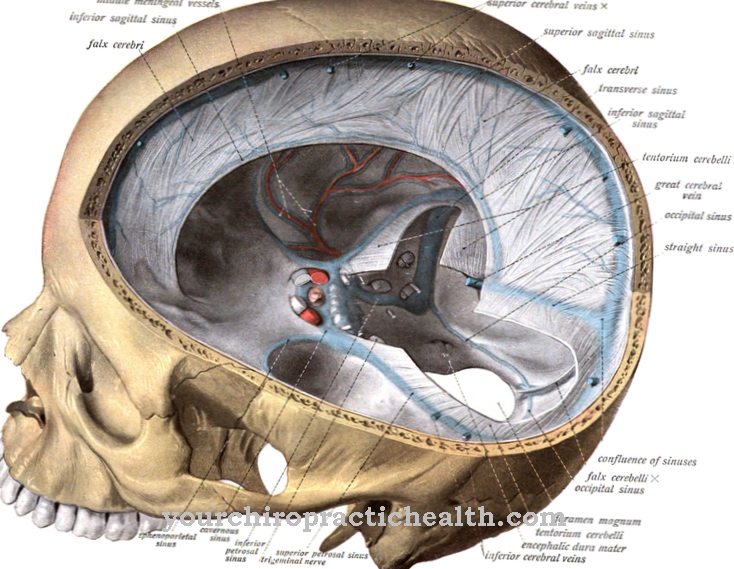


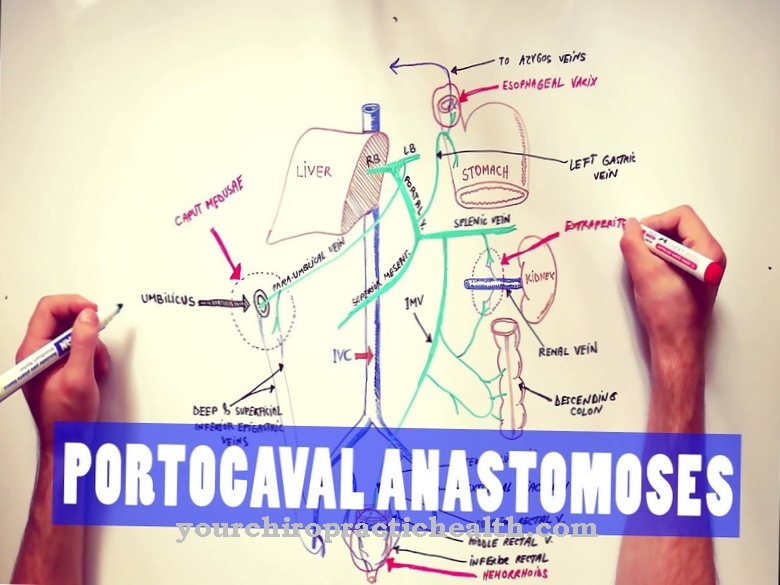


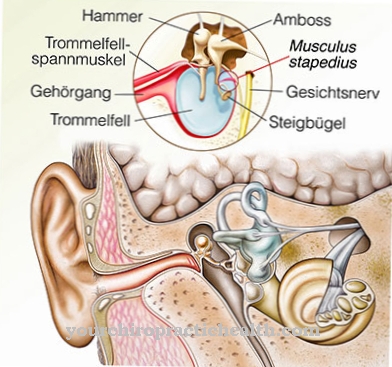


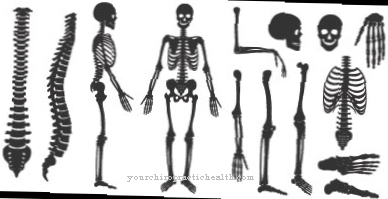

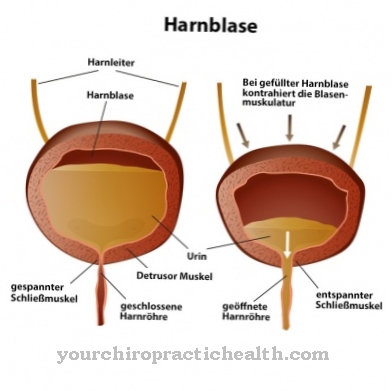

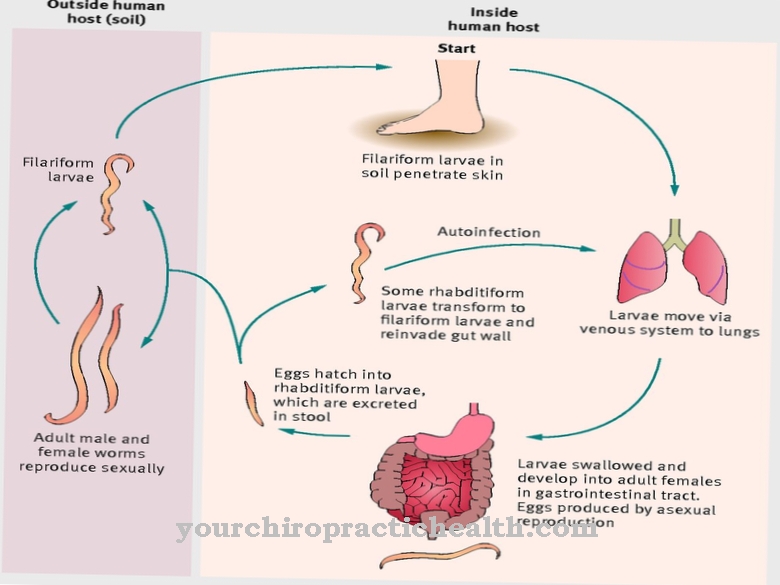

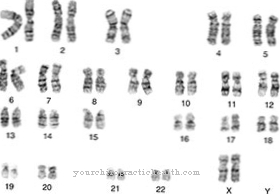

.jpg)

.jpg)
